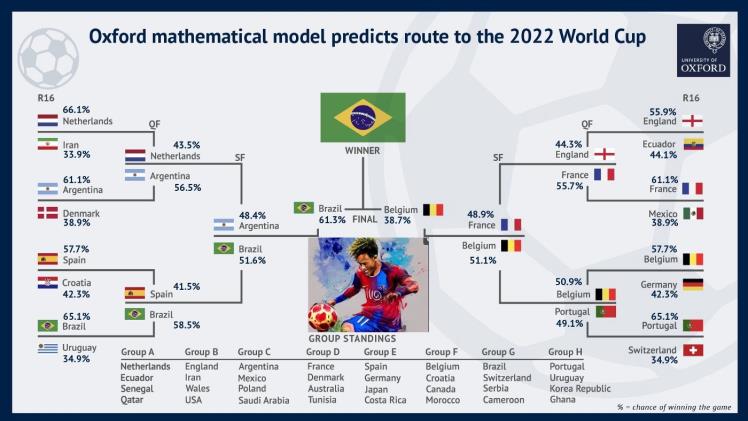The Future of Football Forecasting: AI and Mathematics

The future of football forecasting is rapidly advancing, with the integration of artificial intelligence (AI) and mathematics playing a significant role. AI and mathematical models have the potential to revolutionize the way we predict the outcome of football matches and analyze player performance.
One of the most promising applications of AI in football forecasting is in the prediction of match outcomes. Machine learning algorithms can analyze large amounts of historical data, including statistics on past matches, player performance, and team dynamics, to make accurate predictions about future matches. This can be especially useful for sports betting, as it can give bettors an edge in predicting the outcome of games.
Another area where AI is being used in football forecasting is in the analysis of player performance. By using machine learning algorithms to analyze data on player behavior, such as tracking data from cameras, teams and coaches can gain a deeper understanding of how players perform on the field. This can help coaches make more informed decisions about player selection and tactics.
In addition to AI, mathematics is also playing a key role in football predictions. Mathematical models can be used to analyze data on past matches and player performance to make predictions and sure bets about future matches. These models can take into account a wide range of factors, including the teams’ historical performance, player statistics, and the weather conditions of the match.
One example of a mathematical model used in football forecasting is the Elo rating system. This system is based on the idea that the outcome of a match is determined by the relative skill levels of the two teams. The Elo rating system assigns each team a rating based on their past performance and uses this rating to predict the outcome of future matches.
Another example of a mathematical model used in football forecasting is the Poisson Distribution. This model is based on the idea that the number of goals scored in a match is a random variable that follows a Poisson Distribution. By analyzing data on past matches, the Poisson Distribution can be used to make predictions about the number of goals that will be scored in future matches.
In conclusion, the integration of AI and mathematics is revolutionizing the way we predict the outcome of football matches and analyze player performance. These technologies have the potential to greatly improve the accuracy of predictions and provide valuable insights for teams, coaches, and sports bettors. As these technologies continue to develop, we can expect to see even more sophisticated and accurate predictions in the future of football forecasting.



